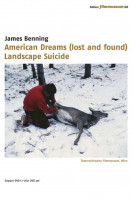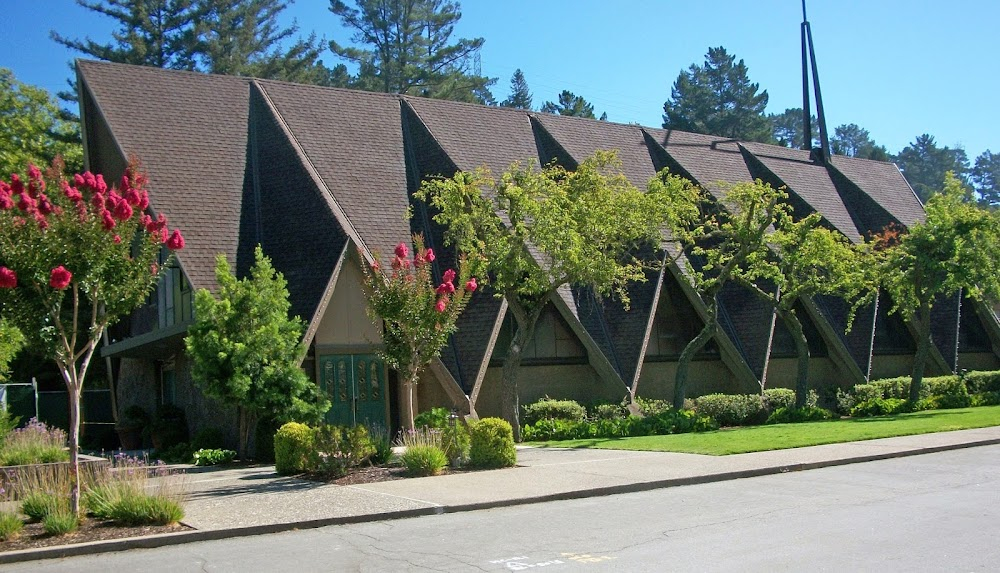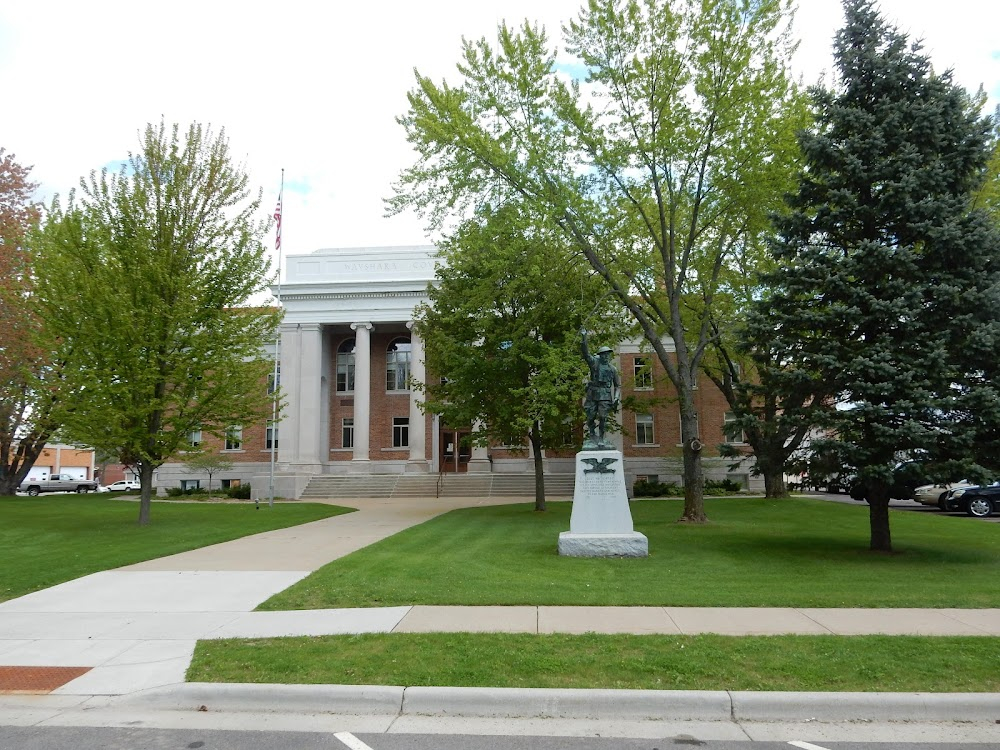Landscape Suicide Filming Locations

Where was Landscape Suicide filmed? Landscape Suicide was filmed in 12 locations across United States in the following places:
Landscape Suicide Filming Locations
Orinda is a city in Contra Costa County, California, United States. The city's population as of the 2020 census is estimated at 19,514 residents.
Los Angeles is a sprawling Southern California city and the center of the nation’s film and television industry. Near its iconic Hollywood sign, studios such as Paramount Pictures, Universal and Warner Brothers offer behind-the-scenes tours. On Hollywood Boulevard, TCL Chinese Theatre displays celebrities’ hand- and footprints, the Walk of Fame honors thousands of luminaries and vendors sell maps to stars’ homes.
Plainfield is a village in Waushara County, Wisconsin, United States. The village is located almost entirely within the Town of Plainfield. A tiny portion extends into adjacent Town of Oasis. The population was 897 at the 2010 census.
Landscape Suicide (1986)
In "Landscape Suicide" Benning continues his examination of Americana through the stories of two murderers. Ed Gein was a Wisconsin farmer and multiple murderer who taxidermied his victims in the 1950s. Bernadette Prott was a California teenager who stabbed a friend to death over an insult in 1984. Benning's distanced approach to such grisly material is as far removed as possible from sensationalism, however. Although the acts of murder are both bizarre and violent, Benning dwells on them only minimally, emphasizing instead the details of psychological motivation, which in both cases seem frighteningly mundane. Benning has created a script which is a masterpiece of understated colloquial writing, and the actors he employs to re-enact confessional testimony and incidents recounted in trial transcripts perform with a flatly convincing lack of affect reminiscent of Gary Gilmore. The two monologues are embedded in Benning's characteristic meditations of landscape: long shots of the Wisconsin farmlands, general stores, dirt roads and pick-up trucks, and the carefully tended lawns, swimming pools, sprawling bungalows and malls of the middle-class California suburb. These images are offered in the classically spare mise-en-scene which Benning has perfected in his work as a cinematic poet of the contemporary American environment. Here, in his most accessible film so far, the beautiful, open vistas are dense with the significance of the catastrophes they engendered



